What materials discoveries had an impact on business the past 10 years? How will we do materials science startups in the future? Jeff Carbeck explains.


What materials discoveries had an impact on business the past 10 years? How will we do materials science startups in the future? Jeff Carbeck explains.
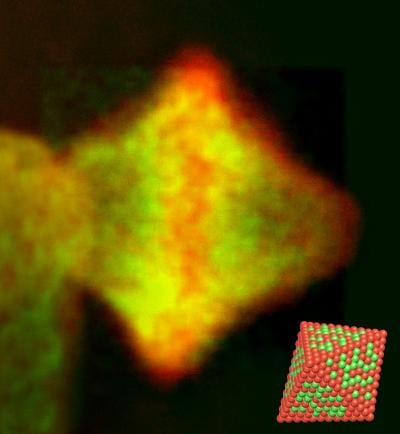
Platinum-nickel nano-octahedra save 90 percent platinum.
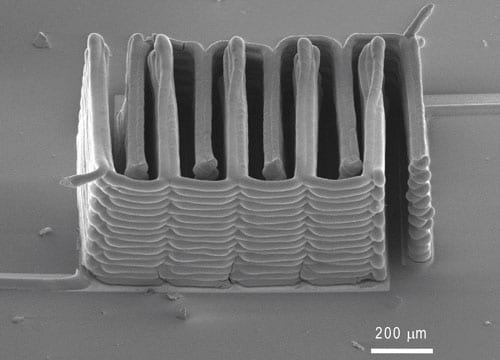
Novel application of 3D printing could enable the development of miniaturized medical implants, compact electronics, tiny robots, and more.
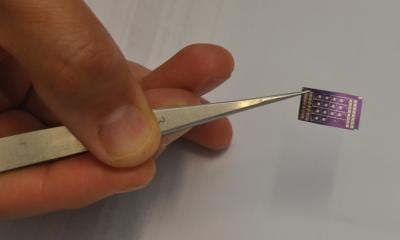
An “electronic nose” sensor being commercialized by Innovation Economy Crowd (ieCrowd), will be further refined to detect deadly pathogens.
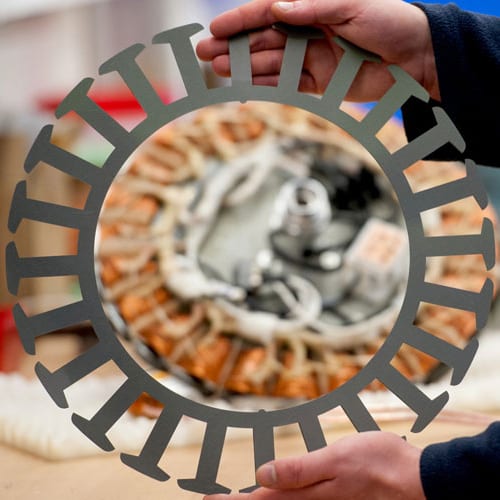
Soft magnetic steel is the core of a new generation of solar cars.
New thin, planar, lightweight, and broadband polarimetric photonic devices and optics could result from recent research by a team of Los Alamos scientists.
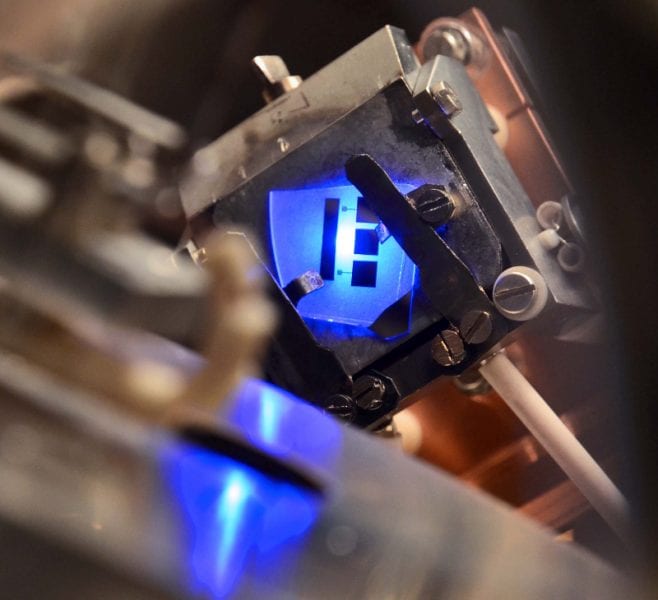
Researchers at UC Santa Barbara and École Polytechnique confirm that Auger recombination theory is responsible for LED droop phenomenon.
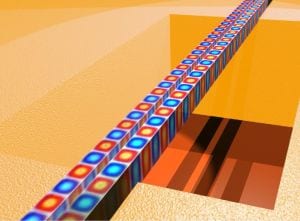
Pernice group at KIT use polycrystalline diamond for the fabrication of wafer-based optomechanical circuits.
Director of Seitz Materials Research Laboratory honored for contributions to stretchable/flexible electronic systems.
Organisations have signed a licensing agreement for an Argonne-developed, silicon-graphene composite anode material for high-energy lithium batteries.